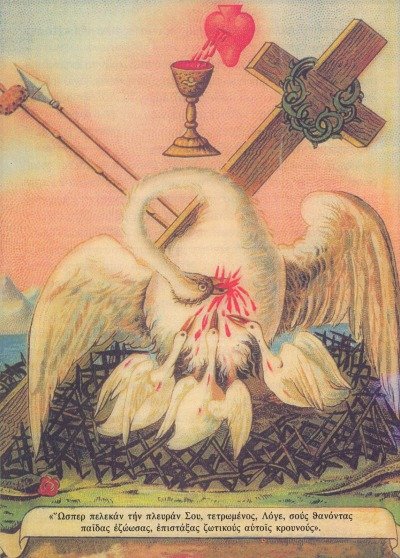
Centring Kinship, Omaskêko Ininiwak Artist Duane Linklater Rewrites the Rules of the Museum
A deep-seated tension underlies akâmi-. How does one stage an institutional exhibition while carrying a deep and historically fraught relationship to the very structures that uphold such institutions? Can Indigenous potentiality manifest in the space that materialises epistemic violence, where cultural belongings are “suspended, locked in colonial time,” as Tanya describes it? That this exhibition unfolds in a venue within one of the earliest colonial metropoles only heightens the stakes.

Where I End and You Begin: Family, Kinship and the Labours of Survivance
Before embarking on this project with Duane Linklater (Omaskêko Ininiwak, born 1976) and Tanya Lukin Linklater (Sugpiaq, born 1976), I couldn’t tell you the last time, if there ever was a time – that I came across a byline for an exhibition with the following structure: ‘Artist’s name with artist’s relative’s name and another relative’s name’. Not a familial art collective, but a familial co-authorship, a kind of distribution of artistic ego towards the artist’s relations, towards loved ones, without whose care and labour the works would not exist.

Repeat ad infinitum: Belen Santamarina
When I first step into Belen’s studio, I am struck by its unexpected orderliness. For an artist whose medium is human hair- those stray strands we recoil from in shower drains or wedged into the crevices of chairs- Belen’s space recalls the precision and care of a Wunderkammer. Not a single strand is lost to the bin or the drain here; she pulls out little Tupperware containers, each containing just a few strands, neatly categorised by colour and texture. There’s a quiet reverence here, a kind of ritual care for what we usually neglect once it’s detached from the body.

Gut feelings: Indigestibility as an archive of surplus Otherness
My mother always told me to bleed discreetly. I have taken heed of this warning in my pursuits, biting my tongue before the words can spill over. But the wound festers, and now I find myself bleeding on everything I touch, so to speak. I want to admit the wound for the little girl I was, picking at this scab, begging to be believed. So I return to those nostalgia-steeped snapshots of girlhood, and interspersed between there’s the crispness of a particular, recurring bodily mechanism: vomiting. I didn’t know at the time, but nausea- its psychological and ideological loadedness- would critically recalibrate my relationship to just about everything. Indeed, when it comes to primal bodily sensations, Moveable Feast is deeply indebted to my illness, for the set of experiences it granted me.
